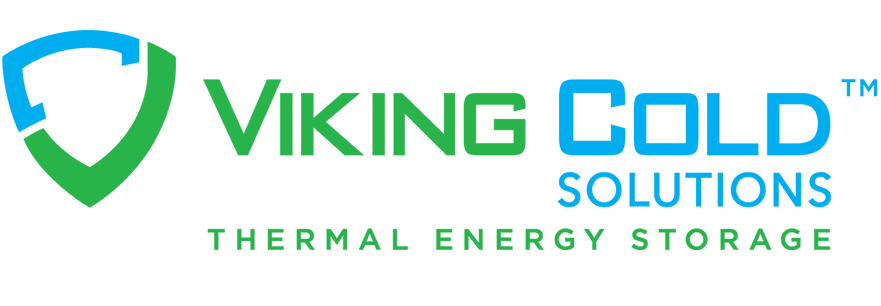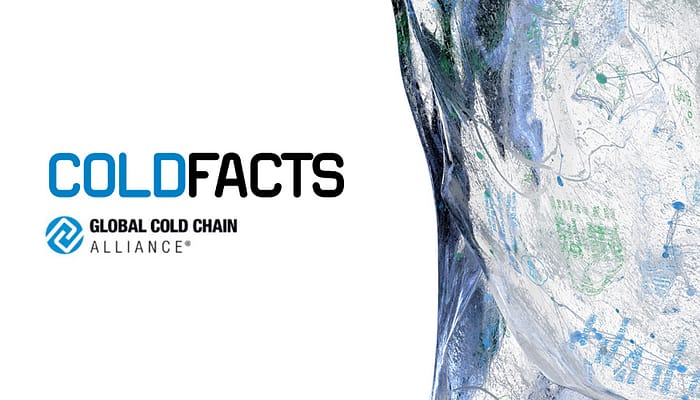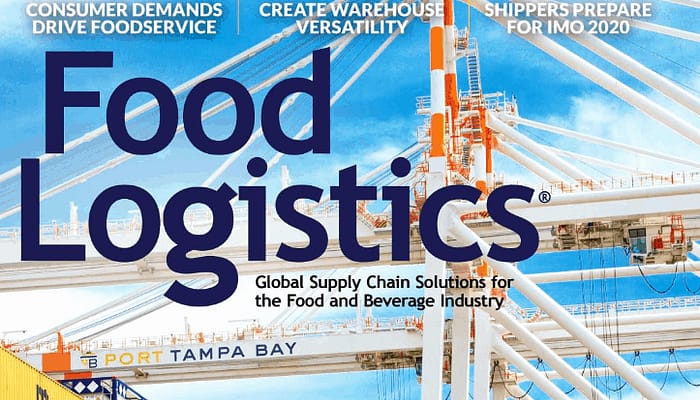
California Energy Climate Better for Food with Thermal Energy Storage
California has some of the most expensive energy costs, higher frequency of power supply disruptions (de-energization via Public Safety Power Shutoff – PSPS), and can be a challenging environment to operate a food production, storage, or distribution business.
To balance demand, reduce consumption and emissions, and to improve resiliency California utilities are implementing more complex time-of-use rate plans to reduce peak period demand or when renewable energy wanes. These time-of-use changes make managing when you purchase electricity increasingly important. In addition, PSPS events have increased in frequency
as has the demand and cost of backup generation, elevating the contribution Thermal Energy Storage (TES) can have on building resiliency and business continuity.
CA Funding TES for Cold Storage Cost Reduction & Resiliency
The good news for food producers and cold storage operators in California is that there are many funding sources that can cover up to 100% of TES technology including no-upfront capital financing options through the State of California, the major utilities across the state, energy efficiency financing pilot programs, and Viking Cold.
Here are some examples:
– California’s Public Utilities Commission’s Self-Generation Incentive Program (SGIP)
– Custom incentive utility programs (potential for on-bill financing)
– Small business energy efficiency with GoGreen Financing
– Viking Cold’s Thermal Energy Storage as a Service (TESaaS): no-upfront cost and guaranteed savings – Contact Us
Using these funding options and minimizing upfront capital empowers food companies in California to start receiving the following benefits.
TES Benefits for California Frozen Food Storage
1. Cut energy costs: Reduce overall kWh consumption & safely shift refrigeration load to avoid up to 13 hours of peak pricing.
2. Extend temperature resiliency 3X during power outages or equipment failure.
3. Better protect food quality and shelf life.
4. Reduce greenhouse gas emissions and reach sustainability goals faster.
5. TES does not require any additional real estate, maintenance, or grid interconnectivity.
6. Increase leverage to negotiate better fixed rates and/or reduce risks of lower-cost variable rate plans at renewal time.
7. Fund TES with approved SGIP funds while they last.
Visit our TES for Cold Storage Warehouses page to learn more about the energy, temperature, resiliency, and sustainability benefits of our cutting-edge thermal energy storage systems.
California Owner: hear about the cost savings, temperature improvements, and resiliency benefits from a PG&E customer who cut their annual energy costs by almost 50%.
You can also read the case study here.
More videos, case studies, white papers and other resources here.
 Cold Facts: Cutting-Edge Warehouse Energy Alternatives
Cold Facts: Cutting-Edge Warehouse Energy Alternatives
Cold Facts magazine has listed Viking Cold Solutions among the cutting-edge warehouse energy technologies delivering cost-efficient and sustainable benefits in temperature-controlled applications. The magazine, published by the Global Cold Chain Alliance, included Viking Cold in an overview of technologies that have advanced in recent years to provide “savvy facilities” with new ways of answering their refrigeration challenges. The article explains how Viking Cold’s thermal energy storage (TES) technology allows operators to safely shift energy use during high-tariff periods to maximize cost savings while also reducing total energy consumption. It highlights how TES opens the door to more renewable energy use while enabling operators to take advantage of utility programs, incentives, and demand-response economics. James Bell, President & CEO of Viking Cold, noted that the cloud-based intelligence platform used to manage TES provides operators with the controls and visibility to maximize operational efficiency in cold storage facilities. At the same time, it minimizes the use of refrigeration equipment. He explained how it draws on real-time data to automate temperature optimization and energy consumption. The long-duration storage technology discharges for up to 13 hours per day to maintain stable temperatures that protect food quality and shelf life, even if electricity or equipment fails. Bell added that TES technology can interface with warehouse management systems, automation platforms, data analytics, and artificial intelligence (AI) tools. Adoption of all of these potentially powerful technologies is accelerating in the face of the COVID-19 pandemic, said Bell, as facilities look to closely measure, monitor, and limit energy consumption with a view to introducing greater cost reduction and enhancing sustainability. “Cold storage and electrical grid operators both are facing new energy challenges. As the world moves towards renewables and green sources of electricity, TES technology is a unique and powerful tool to help address these challenges,” Bell concluded. To read the full article on warehouse energy alternatives, visit the Cold Facts magazine page on the GCCA website. The article starts on page 28. For more information on Viking Cold’s cutting-edge thermal energy storage technology, and how it can enhance cost efficiencies and sustainability for your cold storage facilities, get in touch today.
 Food Processing – Emerging Food Safety Technologies
Food Processing – Emerging Food Safety Technologies
Food Processing Magazine has published an eHandbook outlining new technologies that food processors can use to improve food safety and food quality in their operations. A number of new food processing technologies and their benefits are described including the food quality and energy-saving benefits of thermal energy storage.
 Food Logistics – Should Frozen Food Be a Battery?
Food Logistics – Should Frozen Food Be a Battery?
The May 2019 edition of Food Logistics includes an article outlining the risks of using frozen food as a battery for flywheeling. The article also discusses using Viking Cold's Thermal Energy Storage systems as an alternative temperature capacitor to achieve even better flywheeling results, reduce the risks of flywheeling, and provide additional benefits. Utility-sponsored programs that can subsidize or entirely cover the system and installation costs are also discussed.